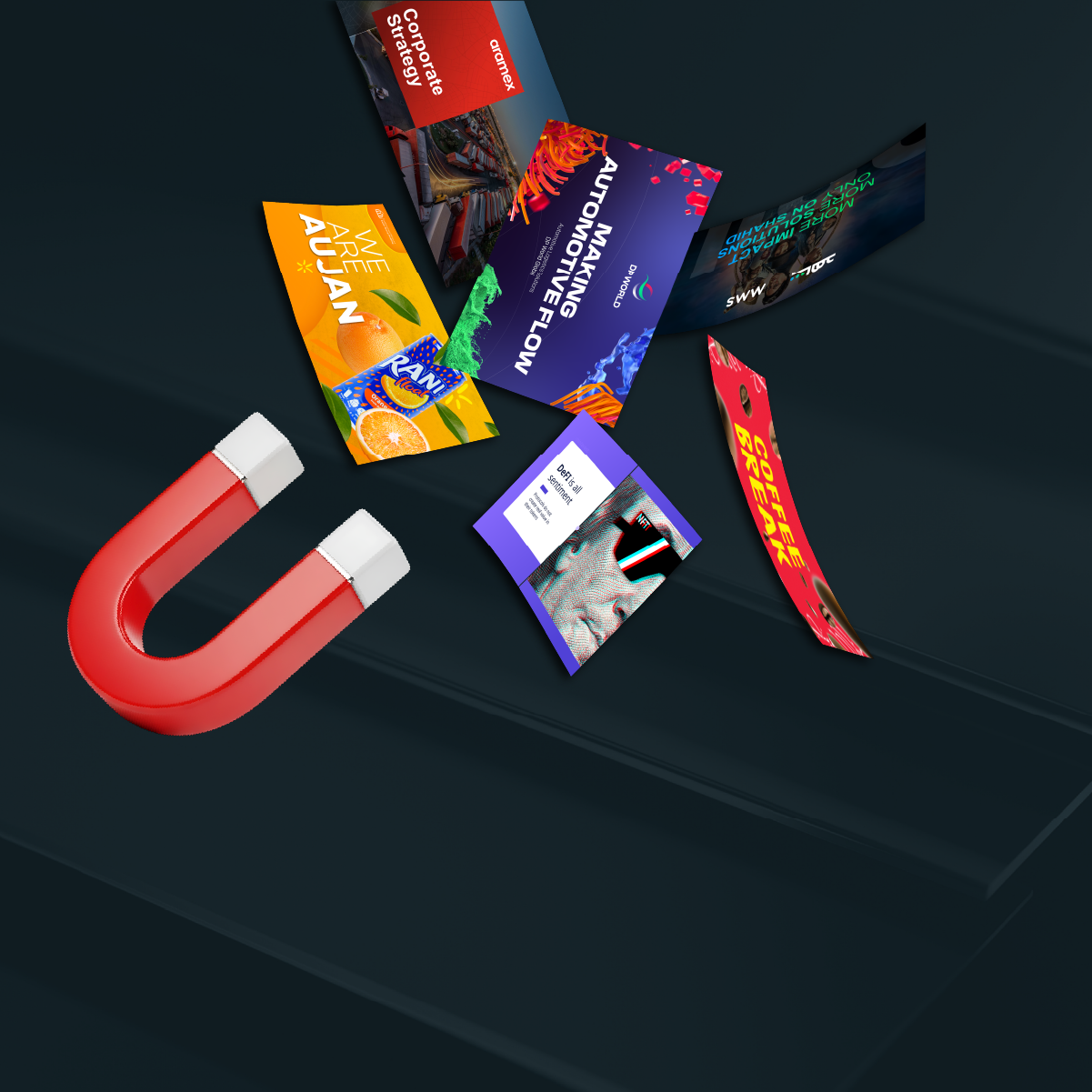Here's a hard truth that most designers won't admit: the presentation that worked in your home market might fail spectacularly abroad.
The colour palette that signals "premium" in Sweden screams "warning" in Thailand. The direct communication style Americans love gets read as rude in Japan. The layout that feels clean in New York feels sparse in markets that prefer richness and detail.
Culture doesn't just influence how people think. It fundamentally rewires how they interpret design, trust messages, and make decisions.
Welcome to cultural design intelligence, the competitive advantage nobody talks about until they need it urgently.
Why One-Size-Fits-All Design Is Dead
In 2025, "global" doesn't mean "English with different flags". "Global" means understanding that every market is a unique ecosystem with its own visual language, communication preferences, and cultural expectations.
According to research, 56.7% of Middle East consumers state that having information available in their own language is more important than price. Think about that. Not features. Not cost. Language and cultural relevance.
A presentation designed without cultural intelligence isn't just ineffective; it's a missed opportunity. It's telling your audience, "We didn't bother to understand you."
The Rekarda Approach: Cultural Design Intelligence in Action
At Rekarda, we operate at the intersection of art, strategy, and cultural psychology. We don't just translate slides. We localise them.
This means:
Deep Market Research: We study your target audience's cultural norms, business practices, decision-making styles, and communication preferences. What drives trust in Dubai? How do Singapore executives prefer information structured? What visual elements resonate with Saudi stakeholders?
Strategic Colour Psychology: Colours carry cultural baggage. White means purity in the West but mourning in some Asian cultures. Red symbolises luck in China and danger in the West. Our designs respect these nuances without compromising brand identity.
Visual Localisation: Images matter. A thumbs-up gesture is positive in most places but offensive in others. We curate visuals that are culturally appropriate, inclusive, and powerful, never resorting to stereotypes or misrepresentation.
Narrative Adaptation: Western audiences expect problem-solution-benefit. Asian audiences may prefer context-first storytelling. Middle Eastern audiences value relationship-building and trust-establishment. We adjust the story arc without losing your core message.
Multilingual Design Excellence: Arabic right-to-left layouts. Hindi script considerations. Japanese character spacing. We don't just accommodate languages; we celebrate them through thoughtful design that respects each language's unique visual rhythm.
Why This Matters?
Because it creates the real-world impact:
1) Market Entry Success: Companies with culturally intelligent presentation strategies have significantly higher success rates when entering new markets. They avoid costly missteps and build trust faster.
2) Investor Confidence: When investors see that you've invested in understanding their culture through your presentation design, they see professionalism and respect. That confidence translates to deal closure.
3) Team Alignment: Multinational teams work better when everyone feels seen and understood. Culturally intelligent presentations signal inclusivity and build psychological safety.
4) Brand Loyalty: Audiences Audiences remember brands that respect them. When you design for a culture rather than at a culture, you're not just communicating, you're building relationships.
The Numbers Don't Lie
- 83% of executives believe culturally adapted communication improves business outcomes
- Companies with high cultural intelligence avoid costly market entry failures and build trust 72% faster
- Global presentations that are culturally localized see 58% higher engagement than one-size-fits-all alternatives
- Trust increases by 40% when audiences encounter culturally appropriate design
From Dubai to Tokyo, Lagos to Stockholm
We've worked with brands navigating global markets. Startups pitching to international VCs. Corporations entering new regions. Tech companies addressing multicultural teams. Financial institutions building trust across borders.
Every project taught us something: great design is culturally intelligent by default, or it's just decoration.
The presentations that change boardrooms, secure funding, and move markets aren't just beautiful. They're culturally fluent. They speak the visual language of their audience while maintaining core brand identity.
At Rekarda, we design for the world, not just for one corner of it.
Let Your Presentation Speak Every Language
Whether you're pitching in Dubai, Singapore, New York, or across a multicultural audience, your presentation design should reflect cultural intelligence and creative excellence.
Ready to take your message global without losing cultural respect? Let's create something that works everywhere.

















































































.webp)
.avif)




